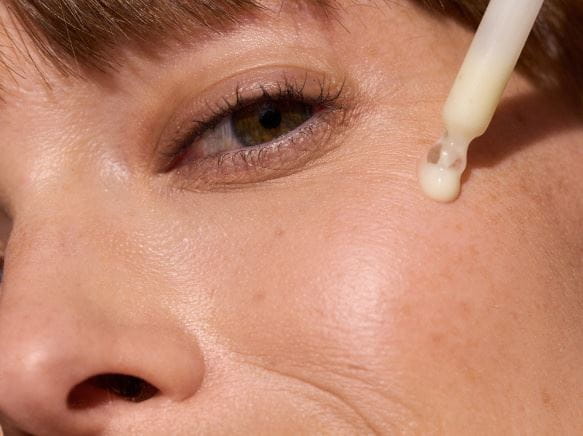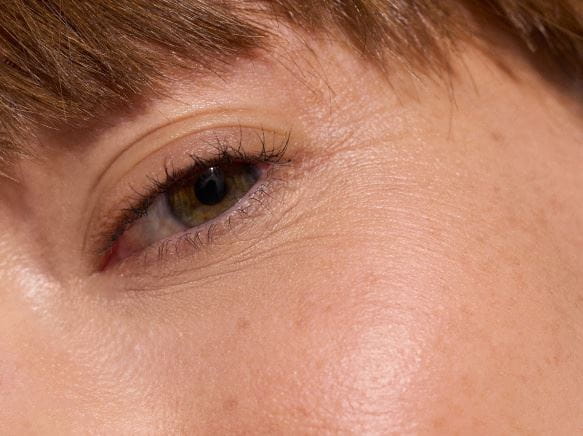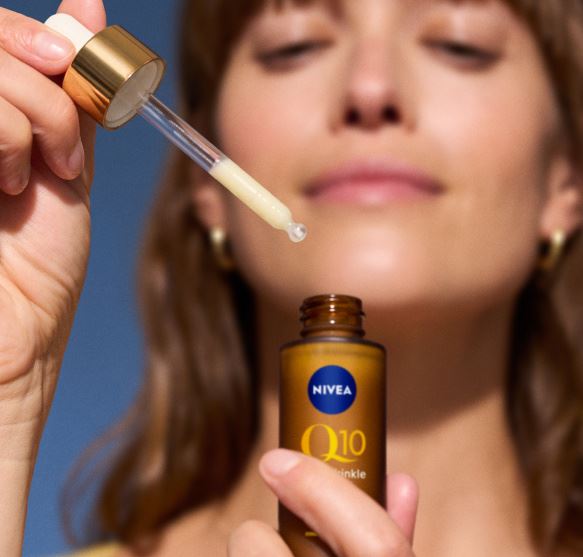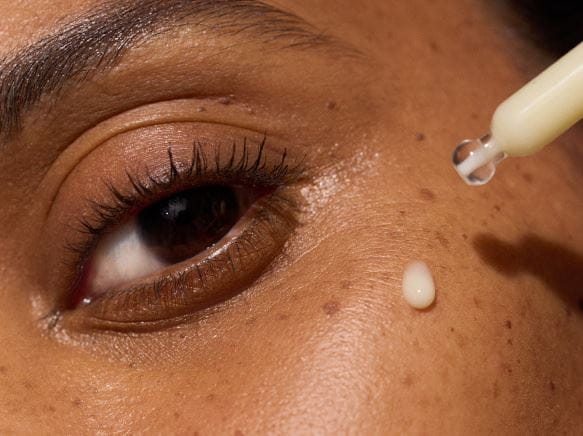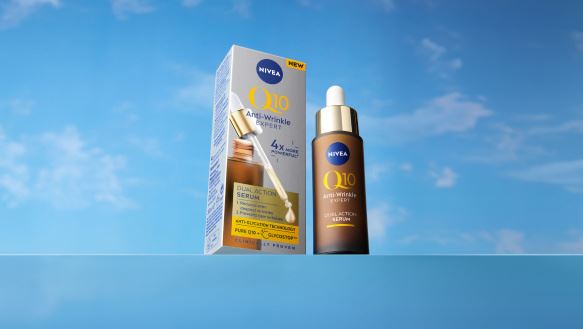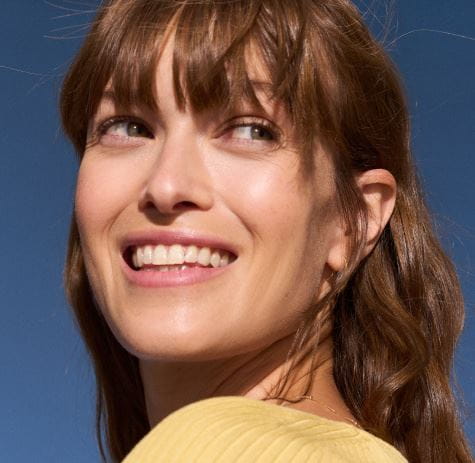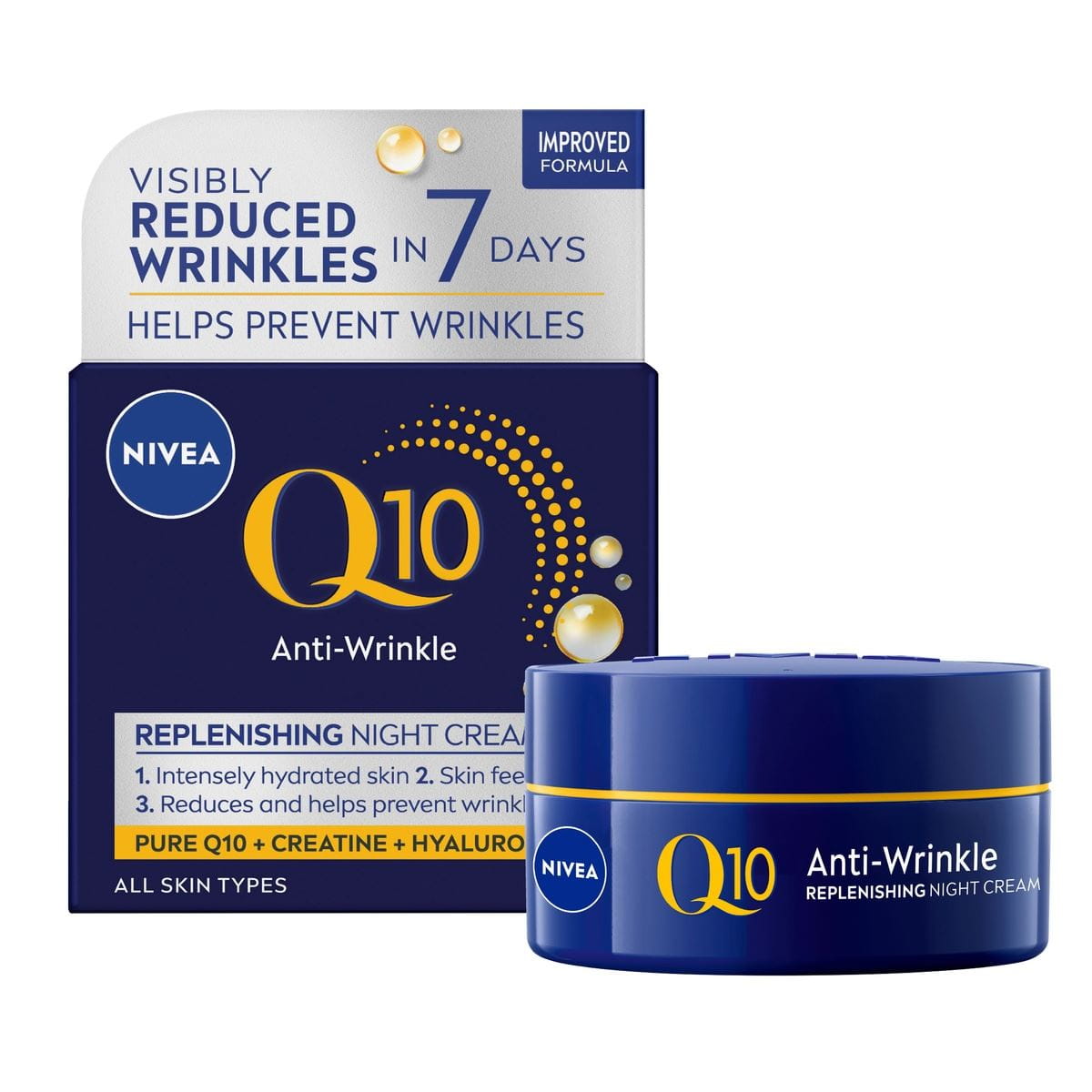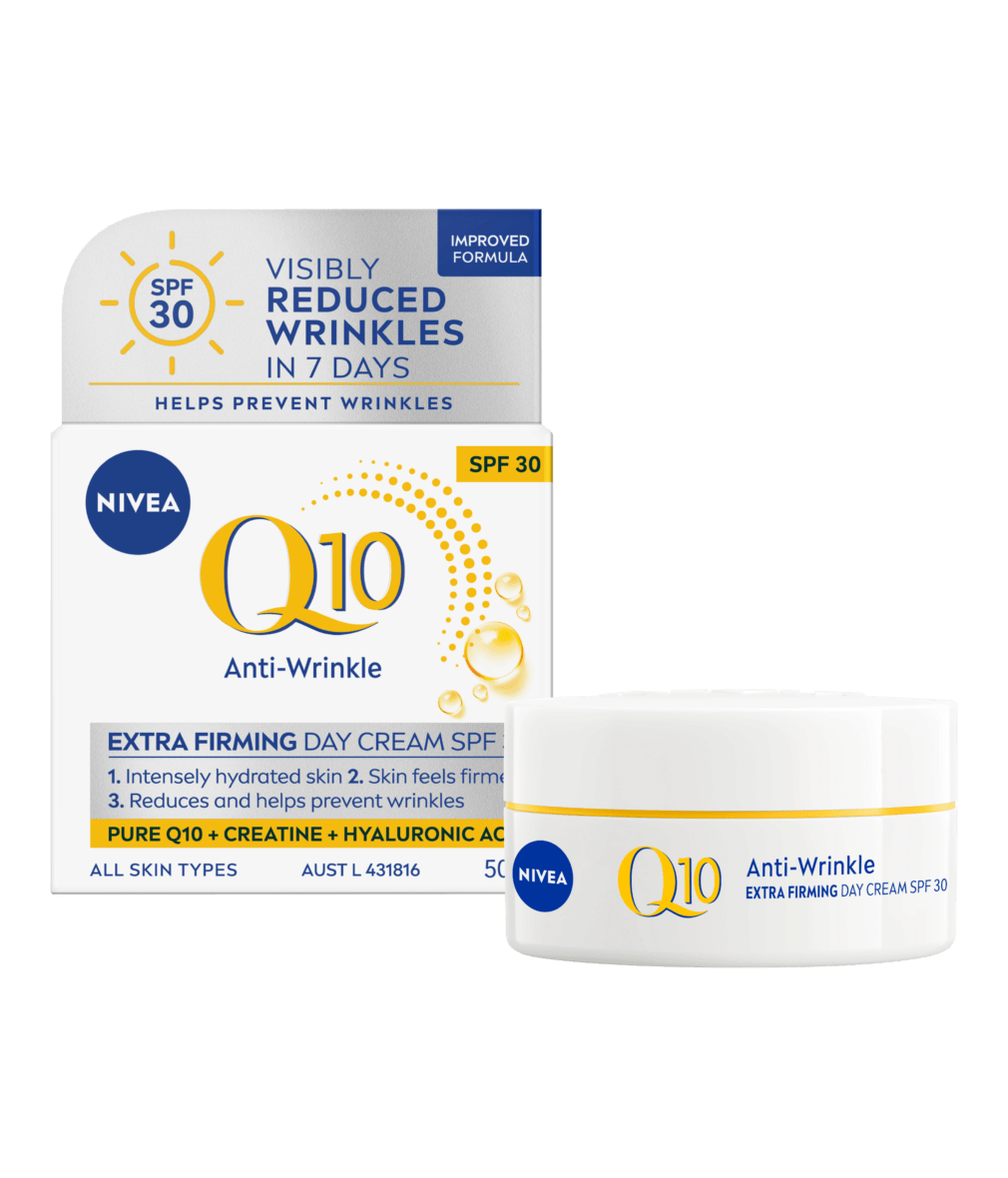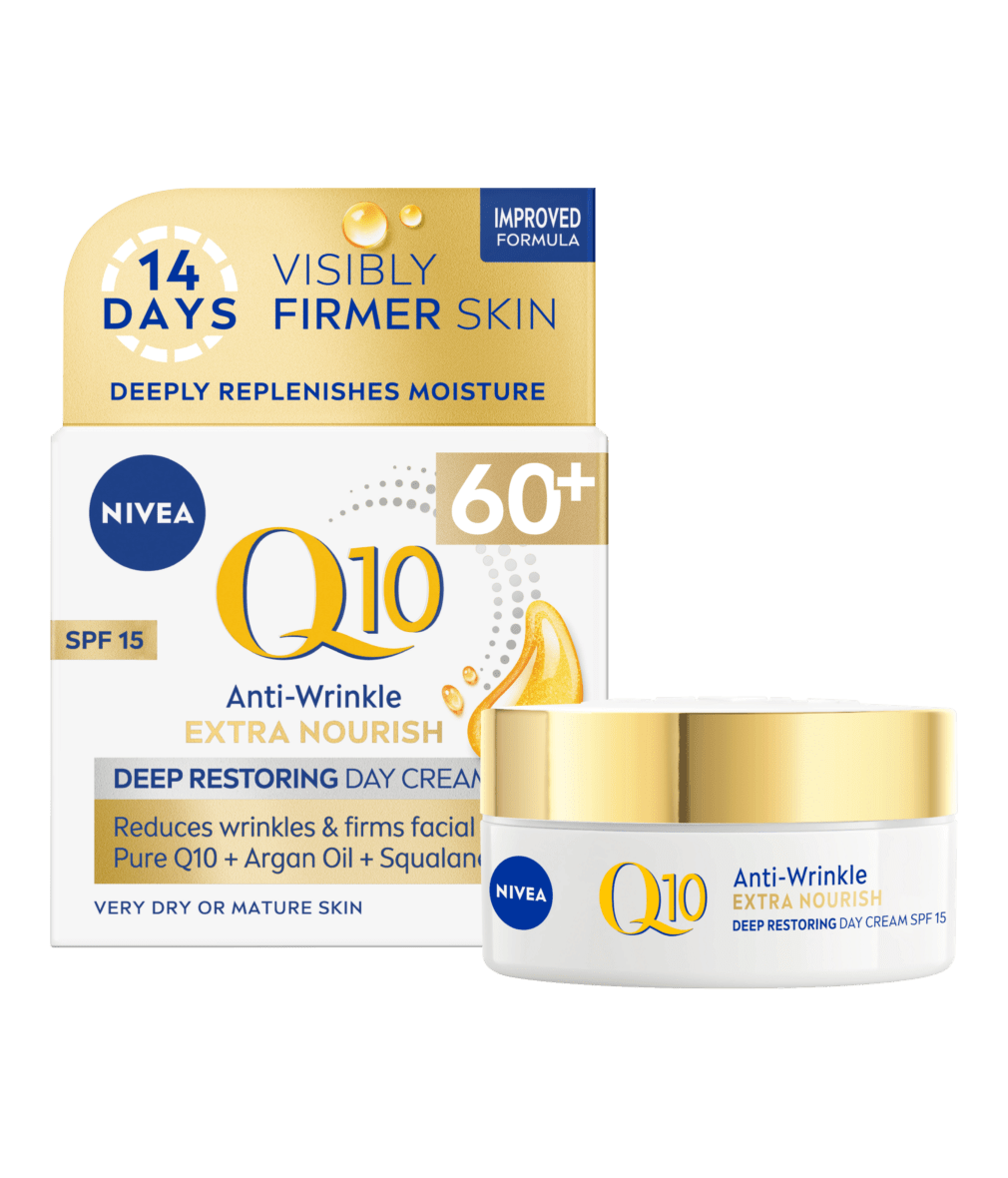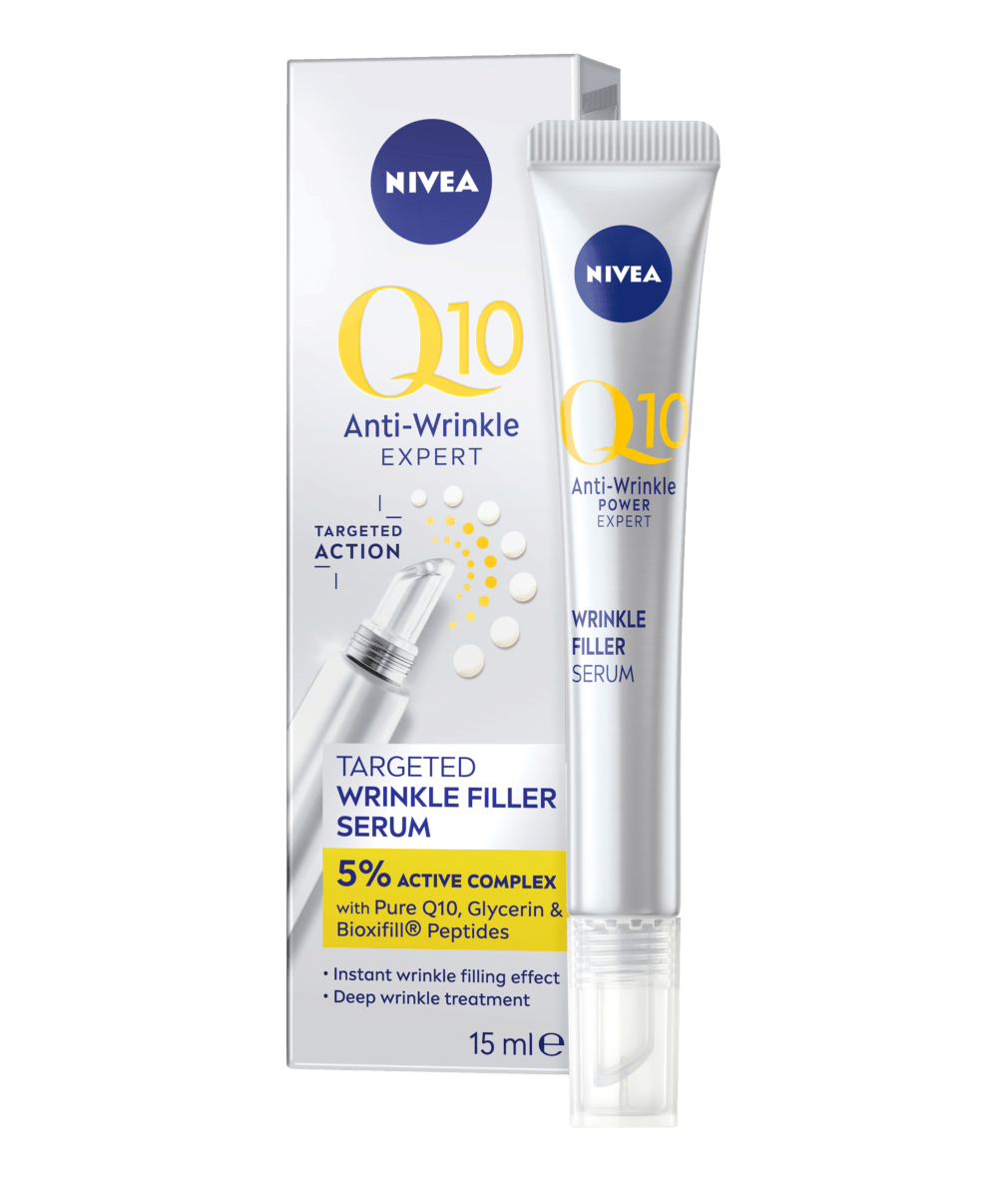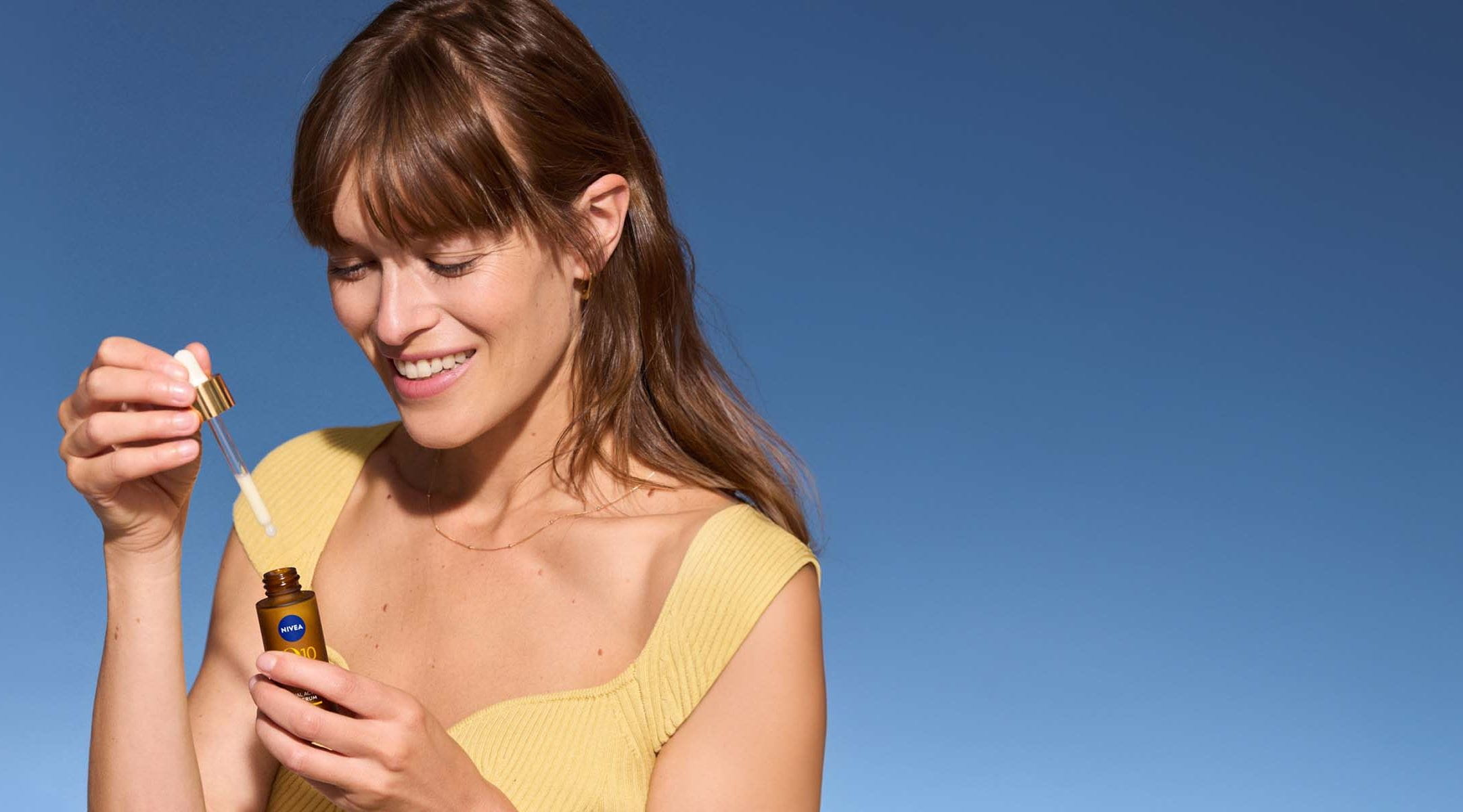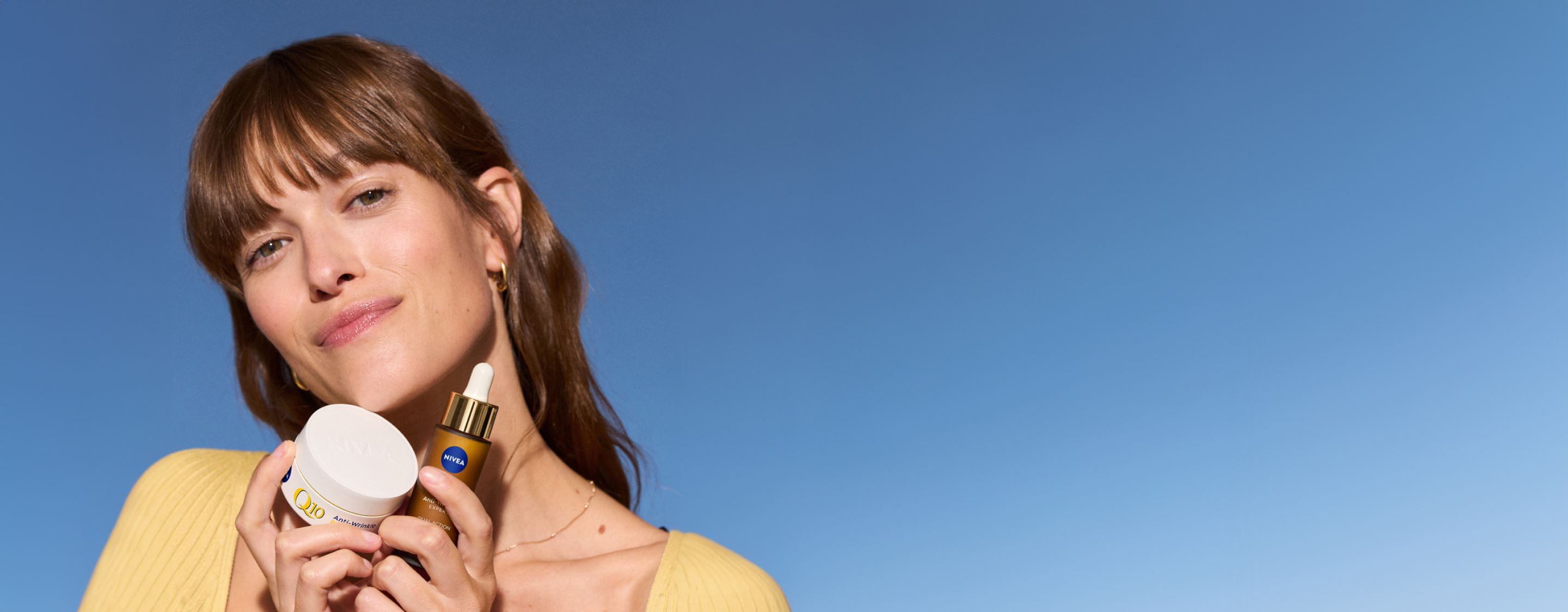
Understanding Wrinkles and Fine Lines: Causes, Prevention, and Treatment
Why do we get wrinkles and how can we treat them? Discover what causes the different types of fine lines and wrinkles how to manage them with NIVEA.
WRINKLES: WHY DO WE GET THEM AND HOW TO TREAT THEM?
No matter how consistent you are with your skin care routine, certain things happen to our bodies over time.
Wrinkles are perhaps one of the most obvious. Facial lines, crow’s-feet, laughter lines – they are all an expression of our lives that appear on our face over time.
The 7 main types of wrinkles
What causes wrinkles?
HOW TO HELP FIGHT SIGNS OF NEW WRINKLES
Unfortunately, we can’t stop the ageing process or change certain factors like genetics, which inevitably have a part to play in wrinkles.
However, there are some lifestyle changes that we can adopt to help fight signs of new wrinkles and keep skin looking more youthful for longer.
HOW TO HELP REDUCE WRINKLES
MOISTURIZE
DISCOVER THE NEW NIVEA Q10 DUAL ACTION SERUM
A SIGN OF A FULL LIFE
Wrinkles of course don’t actually need treatment. They are a painless, natural and beautiful sign of mature skin. You can choose to treat them if you don’t like the way they make your skin look or feel. Equally, you can embrace those laughter lines and eye crinkles for what they are – a reflection of a life expressed to the fullest.
